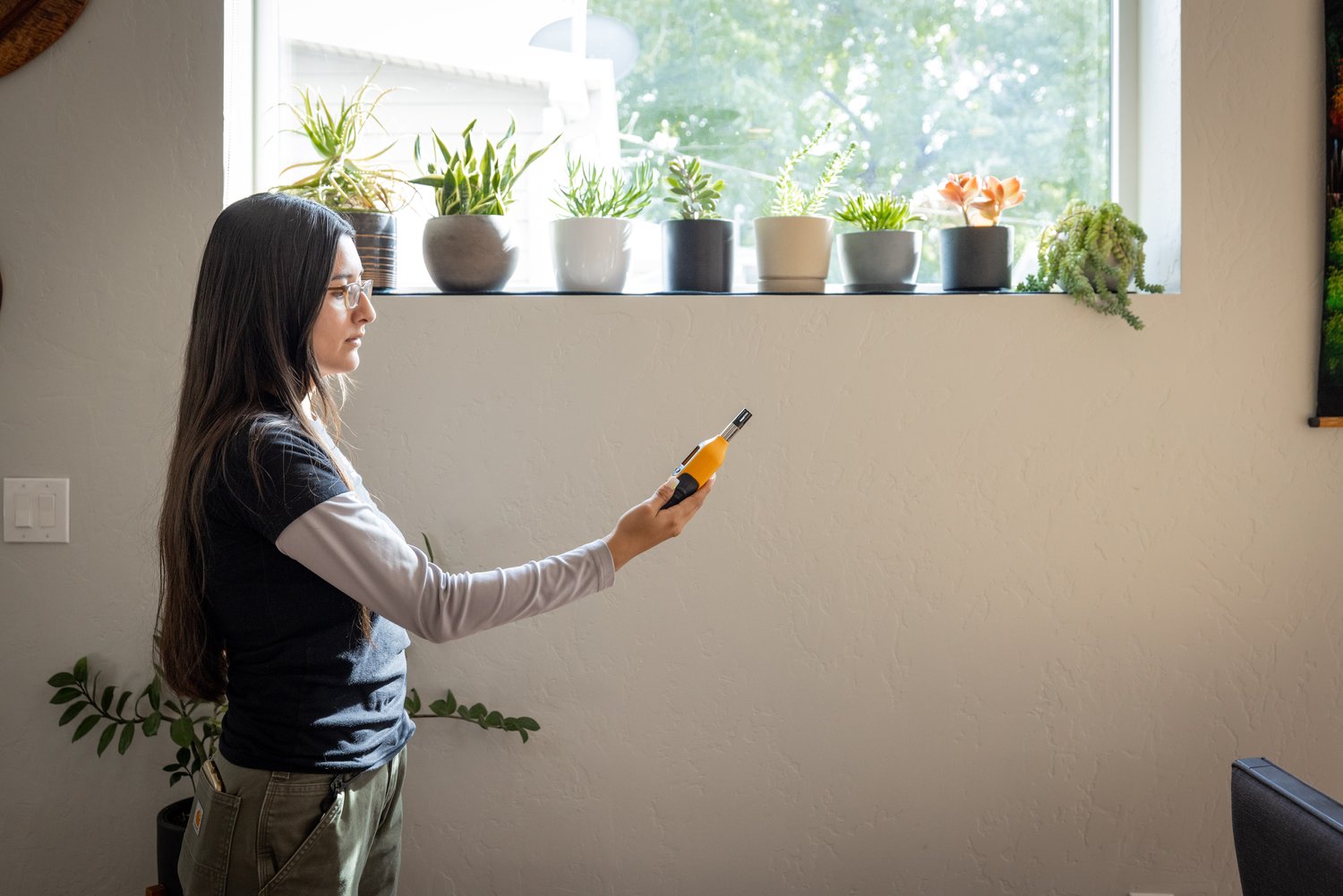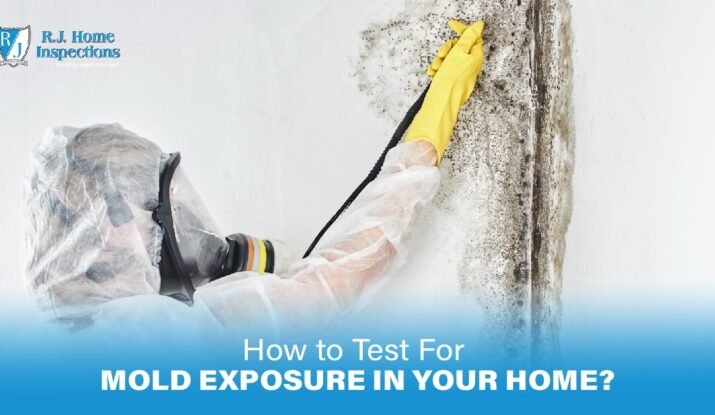Boost Your Security Protocols with Specialist Mycotoxin testing Services
Boost Your Security Protocols with Specialist Mycotoxin testing Services
Blog Article
Exactly How Mycotoxin Screening Aids Stop Contamination and Protect Food Supplies

Mycotoxin screening is an important practice in the food industry, offering as a frontline defense versus contamination by dangerous toxic substances produced by mold and mildews. Through the application of sophisticated strategies like High-Performance Liquid Chromatography (HPLC) and Fluid Chromatography-Mass Spectrometry (LC-MS), food manufacturers can properly quantify and find mycotoxin levels in agricultural products.
Recognizing Mycotoxins
Recognizing mycotoxins begins with identifying that they are toxic second metabolites created by specific molds, which can contaminate agricultural products. These metabolites are not important for the development or reproduction of the fungis however can have extreme implications for human and animal health and wellness. Mycotoxins are generally discovered in staple plants such as corn, wheat, barley, and nuts, where they can multiply under specific conditions of wetness and temperature.
There are several types of mycotoxins, each produced by various fungal species. Fusarium varieties produce trichothecenes and fumonisins, both of which are associated with various severe and persistent wellness issues.

Dangers of Mycotoxin Contamination
The risks of mycotoxin contamination are diverse, posing considerable risks to both food safety and public health and wellness. Mycotoxins, poisonous substances created by certain kinds of fungi, can contaminate a large variety of agricultural items consisting of cereals, nuts, seasonings, dried out fruits, and coffee.
Financial impacts are an additional significant worry. Infected crops can lead to substantial financial losses for farmers and food manufacturers due to reduced yields and the need for expensive purification steps. Worldwide profession can be substantially hindered as countries enforce stringent mycotoxin policies to shield their populaces, leading to denied deliveries and stretched profession relations.
Ecological factors such as environment change exacerbate the danger of mycotoxin contamination. Variations in temperature level and humidity can create positive conditions for fungal growth, raising the chance of contamination occasions. Hence, understanding and minimizing these dangers are essential for guaranteeing the safety and stability of worldwide food products.
Techniques of Mycotoxin Checking
Accurately determining mycotoxin contamination in farming items is necessary for protecting public health and wellness and preserving food safety standards. Numerous techniques are utilized to detect and measure mycotoxins, each offering specific benefits and limitations.
High-Performance Liquid Chromatography (HPLC) is an extensively utilized method as a result of its high level of sensitivity and precision. It involves separating mycotoxins from other substances in an example, enabling accurate quantification. Likewise, Fluid Chromatography-Mass Spectrometry (LC-MS) integrates liquid chromatography with mass spectrometry to provide in-depth molecular details, making it specifically helpful for determining multiple mycotoxins simultaneously - Mycotoxin testing Services.

Gas Chromatography-Mass Spectrometry (GC-MS) and Thin-Layer Chromatography (TLC) are additionally employed, each with special applications. GC-MS is efficient for unstable mycotoxins, while TLC uses a less complex, cost-efficient option for initial screening.
Benefits of Regular Checking
Regular screening for mycotoxins in farming items supplies numerous advantages, significantly adding to public health and food security. By identifying contamination early, normal screening assists prevent the circulation of toxic foods, thus reducing the risk of mycotoxin-related diseases amongst customers. This aggressive method not just safeguards human wellness yet likewise advice boosts the total high quality of food products.
Consistent screening likewise sustains regulative conformity. Various countries and regions have established rigorous restrictions for mycotoxin levels in food and feed. Sticking to these limitations with regular screening makes sure that producers and distributors meet lawful requirements, consequently avoiding charges and trade barriers. Furthermore, maintaining conformity promotes consumer trust fund and brand name credibility, which are important for market success.
In addition, regular mycotoxin screening can cause considerable economic benefits. Early detection of contamination enables timely intervention, reducing prospective losses from widespread contamination. Carrying out routine screening protocols can likewise minimize recall expenses and associated responsibilities, which can be financially ravaging.
Furthermore, routine testing provides beneficial information that can inform far better farming methods and storage conditions. By understanding patterns of contamination, producers can adopt preventive actions, consequently contributing and minimizing future threats to the sustainability of the food supply chain.
Executing Evaluating Methods
Implementing reliable mycotoxin screening procedures is crucial for guaranteeing the security and quality of farming items. Each stage has to be scrutinized to identify where mycotoxin contamination is most likely to occur.
Once vital control factors are determined, selecting ideal screening methods is vital. Usual methods consist of enzyme-linked immunosorbent assay (ELISA), high-performance fluid chromatography (HPLC), and mass spectrometry (MS) Each method has its weaknesses and staminas; thus, selecting the correct one relies on the details mycotoxin being tested, the required sensitivity, and readily available sources.

Last but not least, incorporating the screening procedures into a thorough click food safety monitoring system is a good idea. This boosts traceability and allows quick restorative activities when contamination is found, consequently protecting the stability of the food supply chain.
Final Thought
Mycotoxin testing is necessary in protecting against contamination and safeguarding food supplies by enabling early detection of unsafe toxins produced by mold and mildews in agricultural products. Advanced approaches such as HPLC and LC-MS ensure compliance with security guidelines and safeguard consumers from wellness threats. Regular testing enhances brand reputation, financial stability, and rely on food security by reducing contamination-related losses and maintaining high requirements in food see manufacturing. Carrying out extensive screening protocols is hence critical for the industry's overall wellness.
Mycotoxin screening is a crucial technique in the food sector, offering as a frontline defense against contamination by dangerous toxins produced by molds. An integrated method including agricultural practices, storage management, and normal screening can alleviate the risks connected with mycotoxin contamination, making certain food safety and public health.
The dangers of mycotoxin contamination are complex, presenting substantial threats to both food safety and security and public health and wellness.Regular testing for mycotoxins in farming products offers numerous benefits, dramatically adding to public health and food safety.Mycotoxin testing is necessary in protecting against contamination and safeguarding food materials by enabling early discovery of hazardous toxic substances produced by mold and mildews in agricultural products.
Report this page